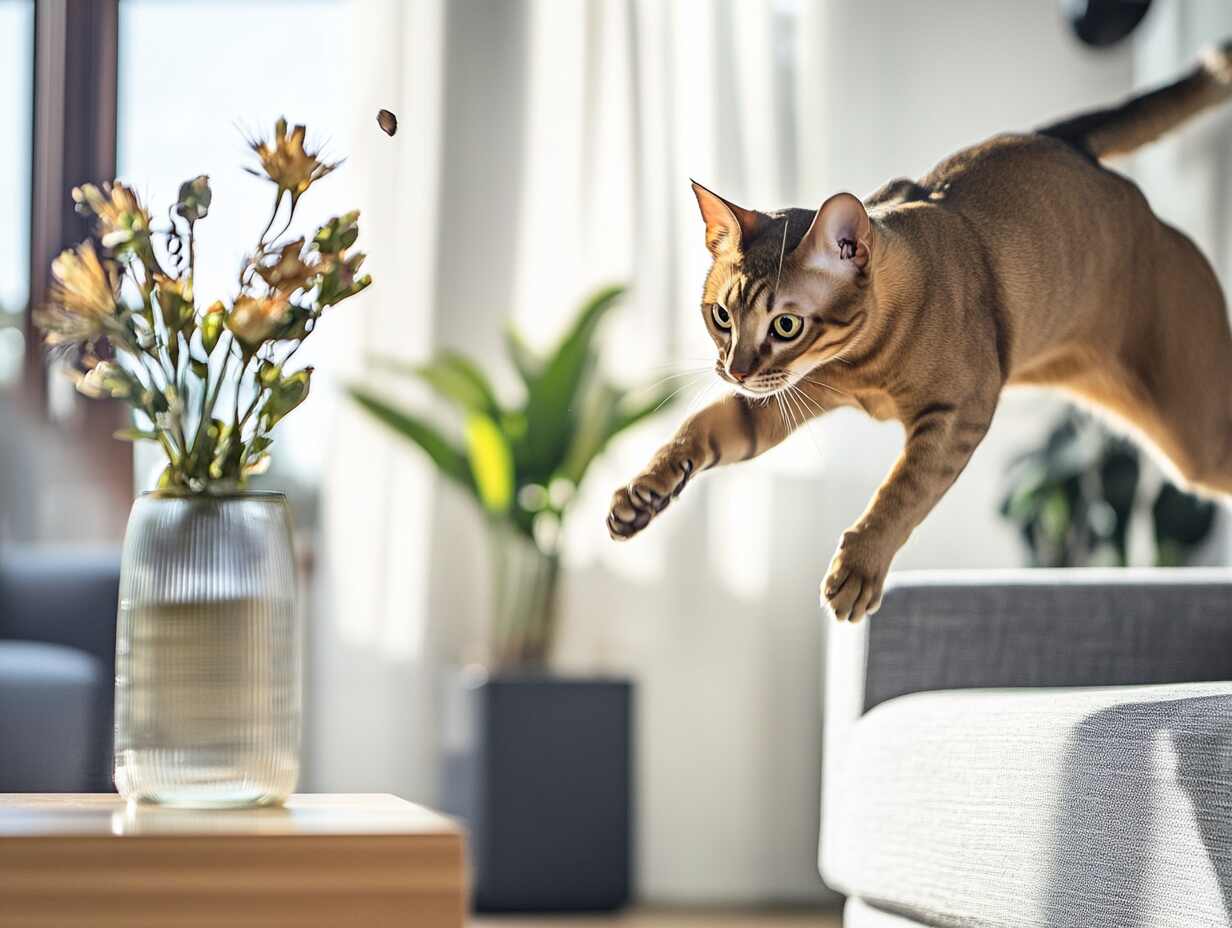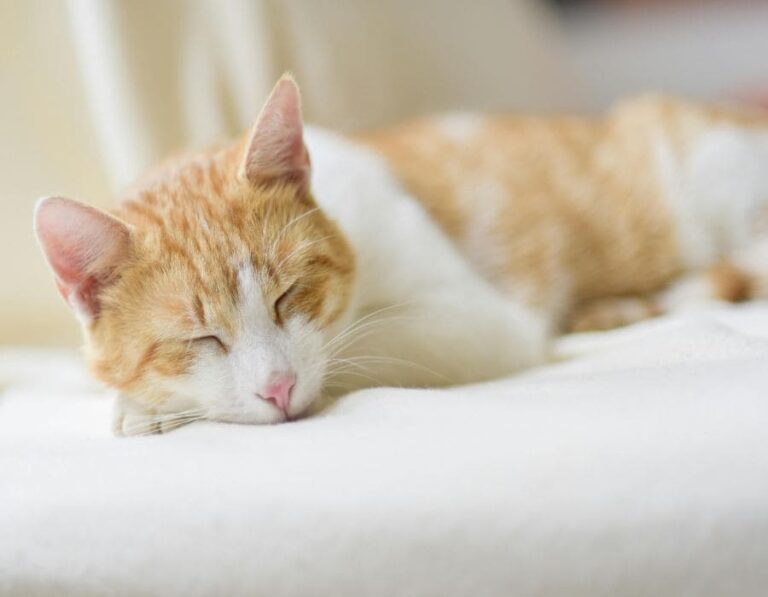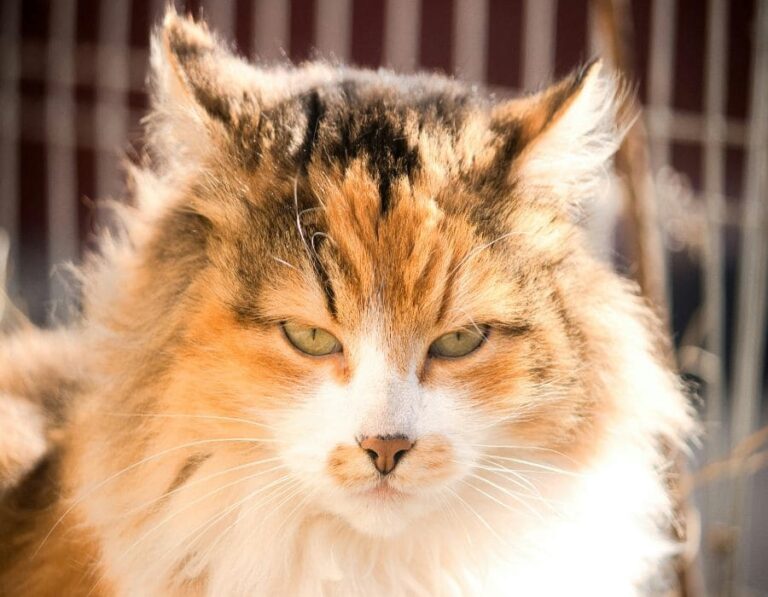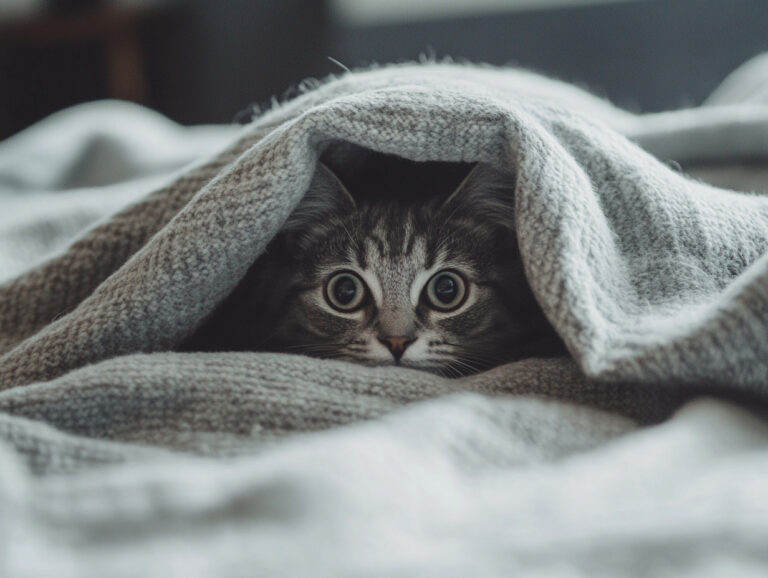Top 10 Worst Cat Breeds, According to Data
While every cat has the potential to be a loving companion, some breeds are statistically more prone to behavior or health issues that can make them a challenge for the average cat owner. Based on breed temperament surveys, veterinary data, and owner feedback, here are the top 10 cat breeds often considered the most difficult—especially for first-time or casual owners.
1. Siamese
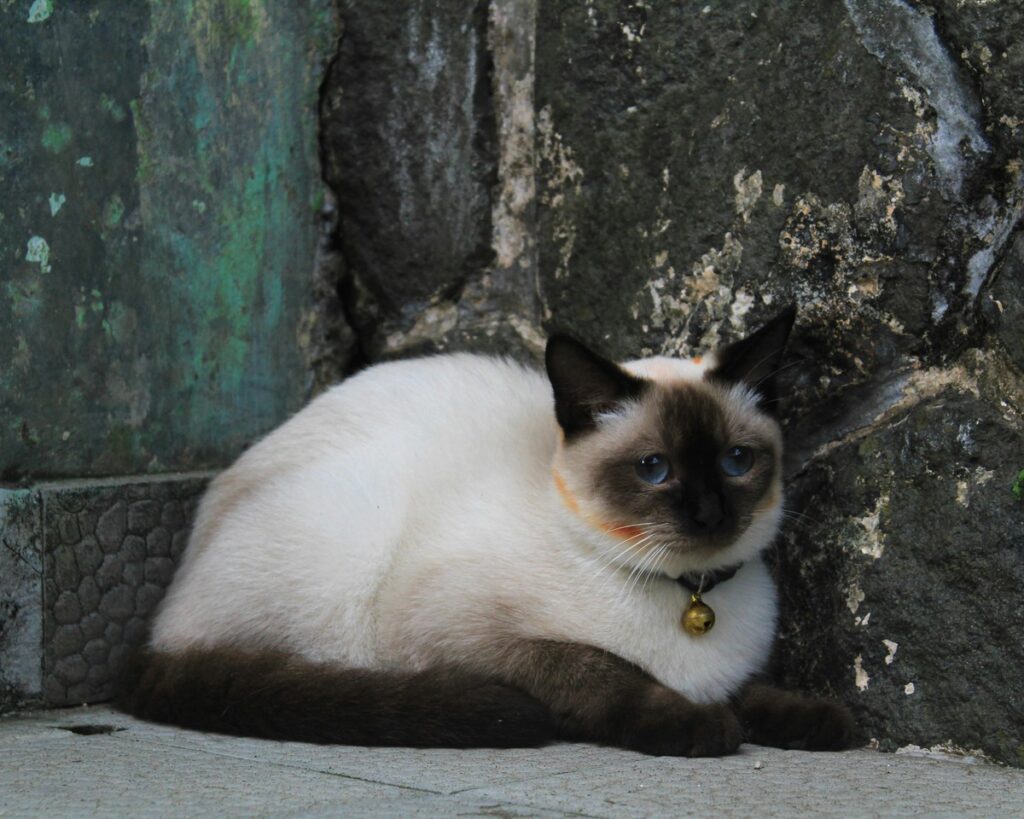
Siamese cats are vocal, demanding, and intensely attached to their humans. While affectionate, they require constant attention and mental stimulation. Their loud meowing and tendency to become destructive when bored can overwhelm many households.
2. Bengal
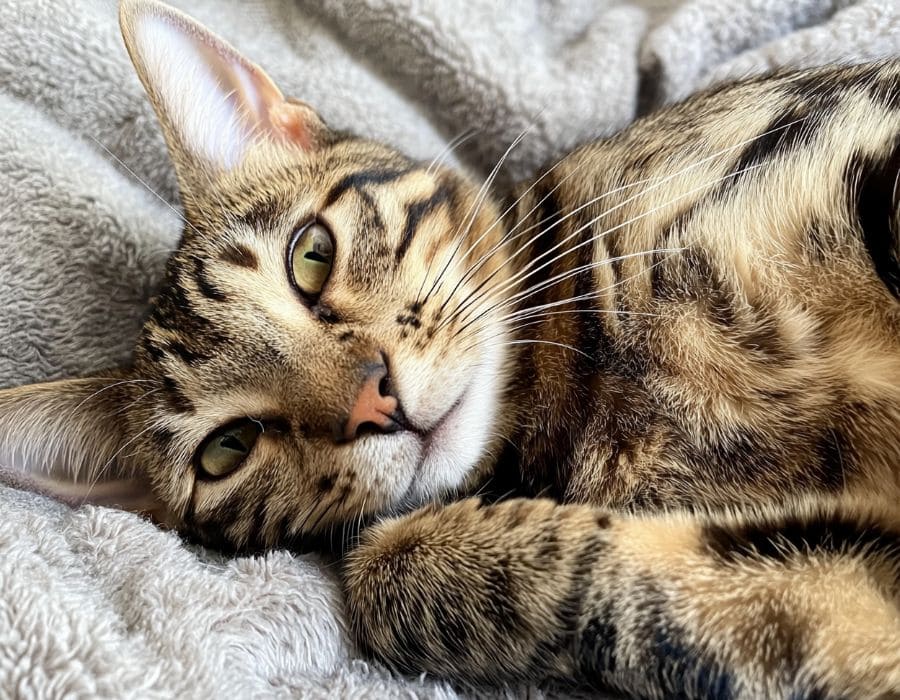
Bengals are wild at heart. Known for their stunning leopard-like coats, they also bring a ton of energy, mischief, and a tendency to climb, scratch, and get into everything. Not ideal for quiet or laid-back homes.
3. Sphynx
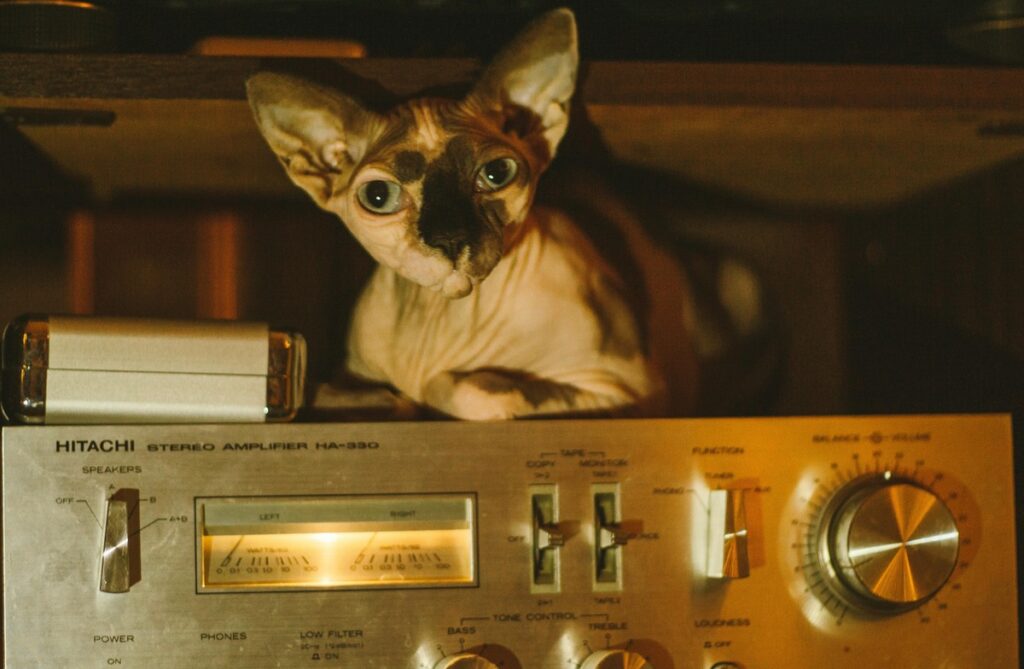
With no fur to shed, they might seem low-maintenance—but they’re not. Sphynx cats require regular bathing, are prone to skin issues, and need extra warmth. Their high energy and clingy nature can be too much for some.
4. Savannah
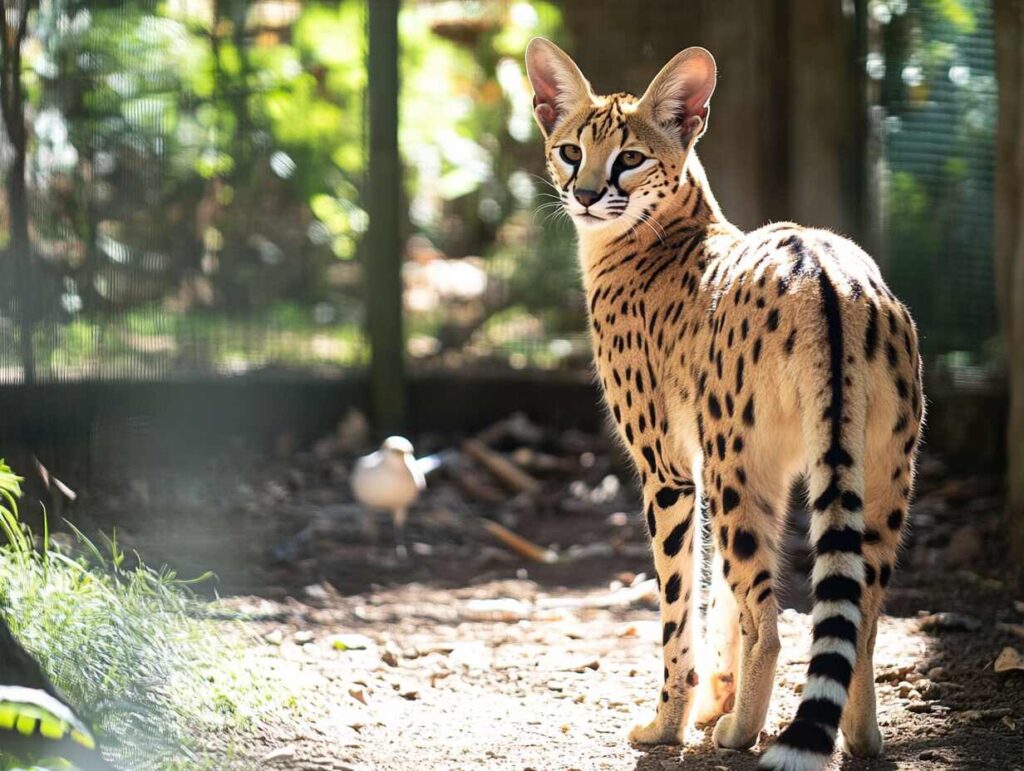
A hybrid of a domestic cat and a wild African serval, the Savannah is not your average housecat. They’re large, energetic, and need a lot of space. Their exotic lineage makes them harder to socialize and train.
5. Scottish Fold
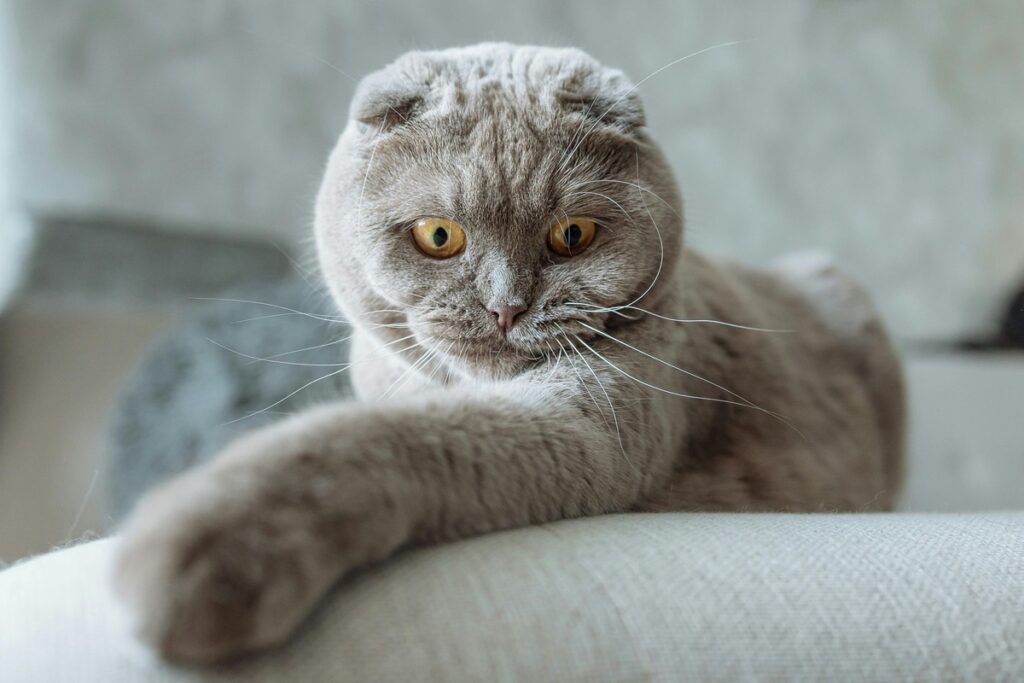
These adorable, folded-ear cats are prone to severe genetic disorders, especially in their bones and joints. Their temperament is usually calm, but ongoing health concerns and potential vet bills are a major downside.
6. Persian
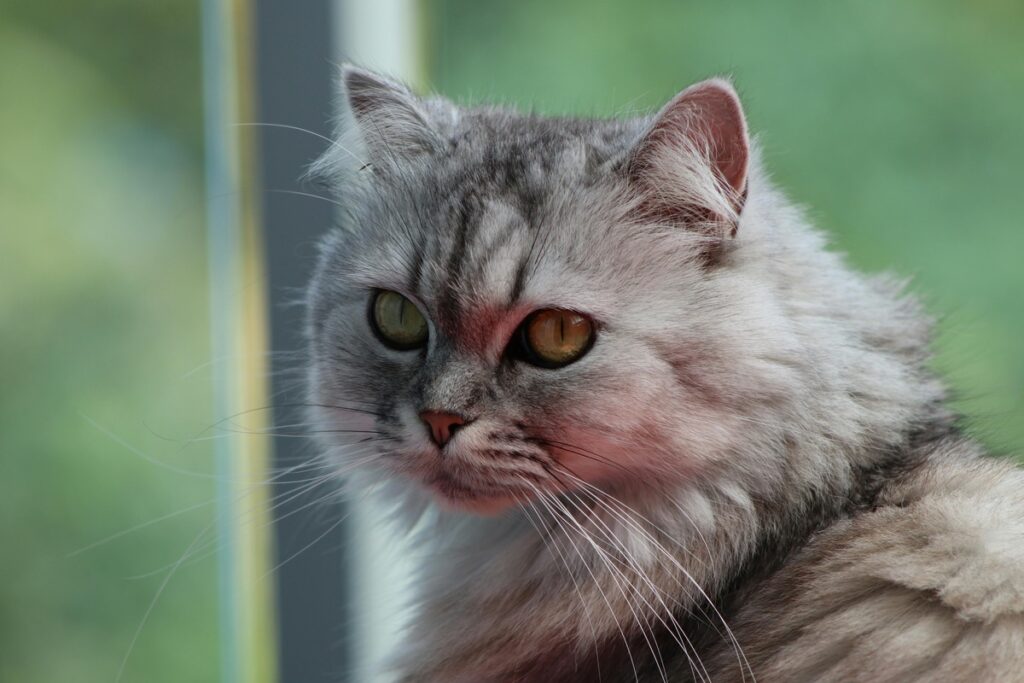
While regal and quiet, Persians require extensive grooming due to their long coats. They’re also prone to breathing problems and eye issues due to their flat faces, which can affect their overall quality of life.
7. Turkish Van
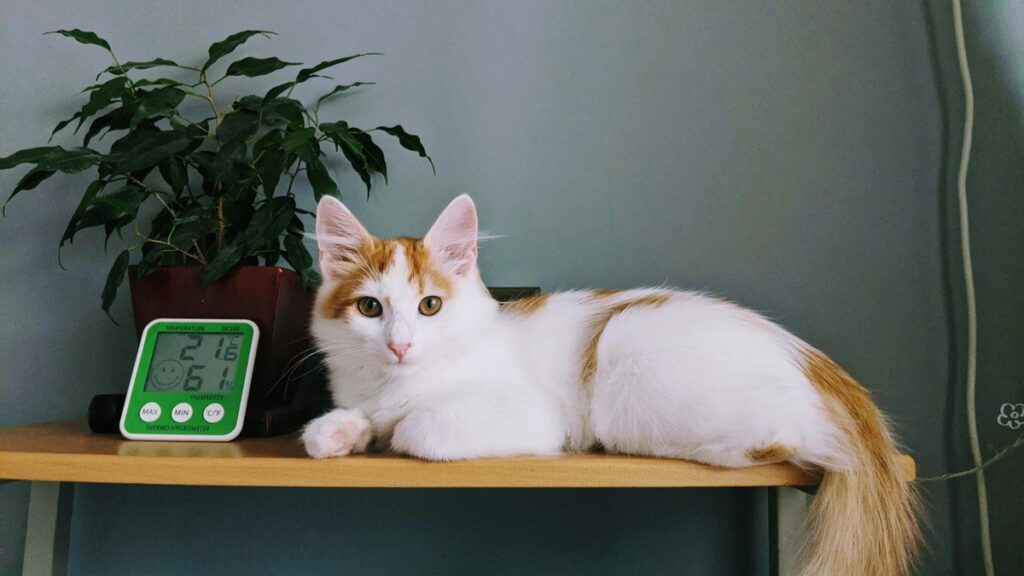
This rare breed is notoriously independent, strong-willed, and doesn’t always enjoy cuddling. They’re energetic and love water, often leading to unwanted messes. Not ideal for those seeking a lap cat or a calm companion.
8. Chartreux
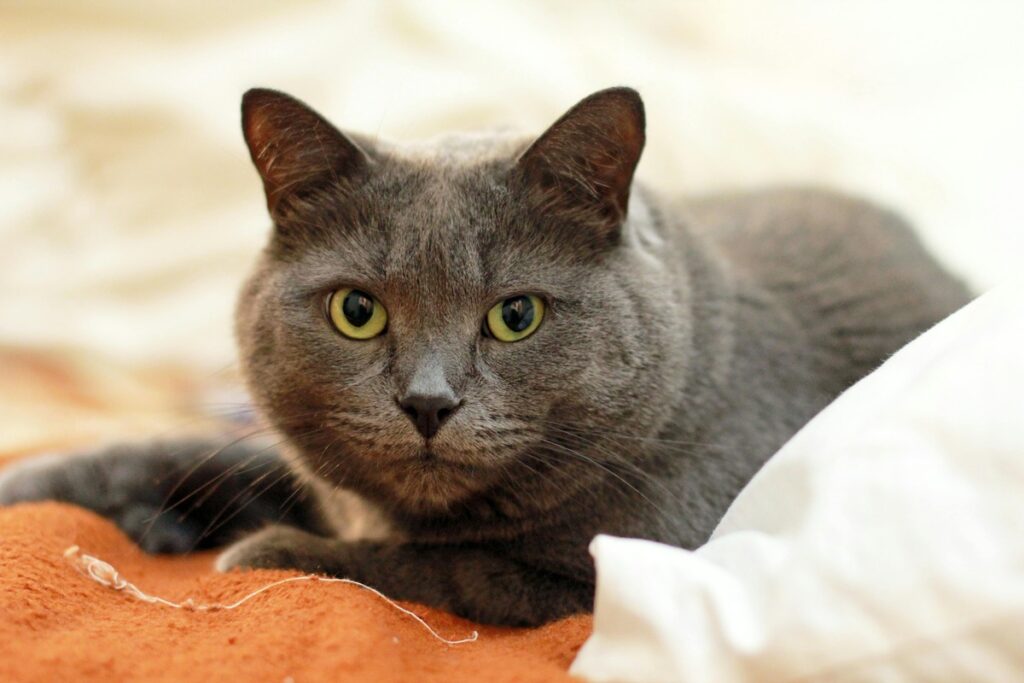
Though affectionate with family, Chartreux cats can be stubborn, elusive, and hard to train. They tend to bond with one person and may hide or avoid strangers, making socialization a challenge.
9. Chausie
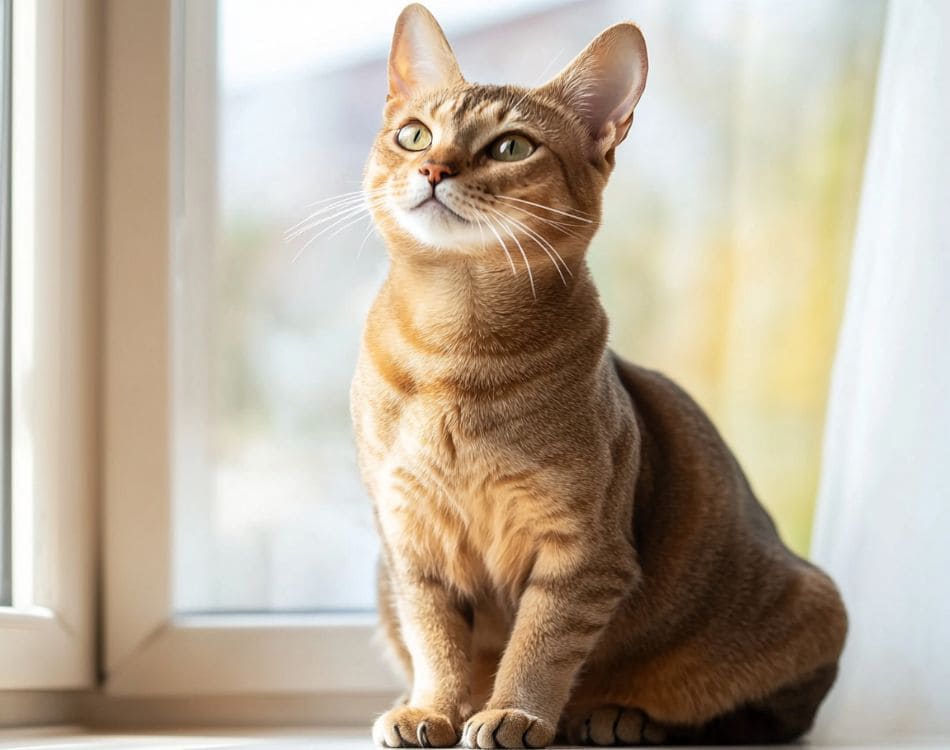
A jungle-looking hybrid cat that needs constant stimulation and room to roam. Chausies are high-maintenance, easily bored, and not recommended for small apartments or households without time for interactive play.
10. Exotic Shorthair
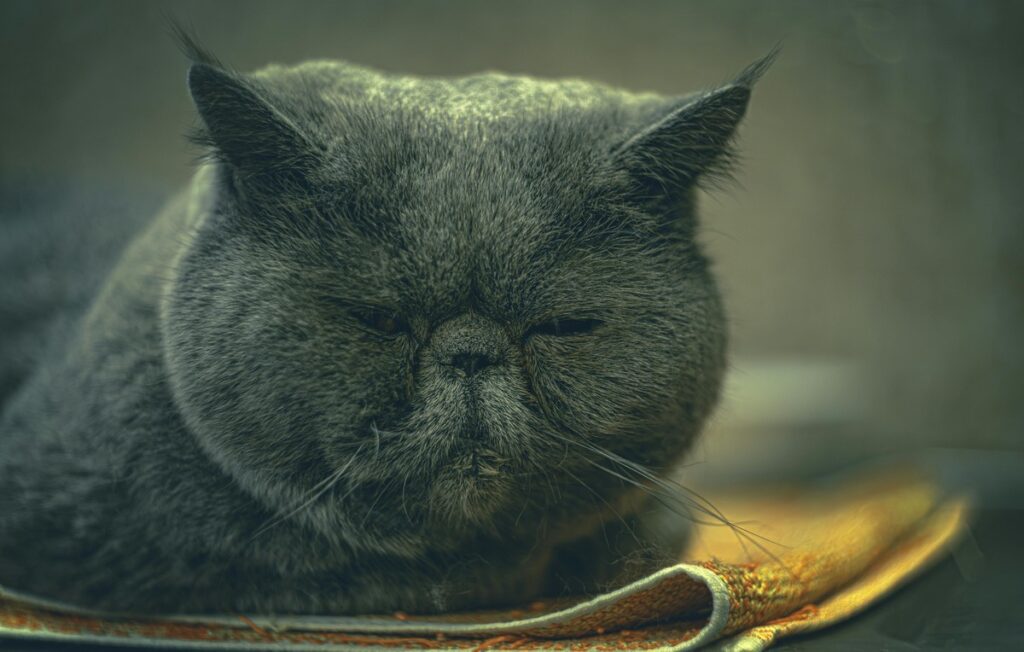
Often dubbed the “lazy Persian,” Exotic Shorthairs still carry many of the same health issues, including respiratory problems. Their passive demeanor may seem appealing, but they can be prone to obesity, lethargy, and chronic sinus issues.
Choose Wisely Based on Your Lifestyle

No breed is inherently “bad,” but some are simply less compatible with certain lifestyles. Whether it’s high grooming needs, strong independence, or health concerns, these breeds require a level of commitment and understanding many casual pet owners may not be prepared for. If you’re seeking an easygoing, healthy, and affectionate cat, it’s smart to do your research—and maybe steer clear of the breeds above unless you’re up for the challenge.

